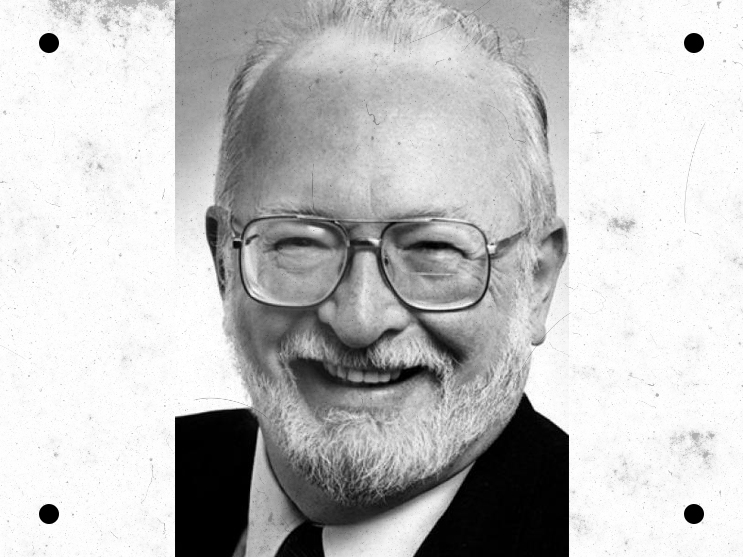It can be said of very few people that what they accomplished changed the world. One of those is Dr. Paul C. Lauterbur.
Paul Lauterbur was born in Sidney in 1929. From an early age, he had an immense curiosity and desire to understand the physical world around him. One of his science teachers at school understood he enjoyed experimenting on his own, so the teacher allowed him to do his experiments at the back of class. School could not contain his appetite for discovery, so he built a laboratory in the basement of his home on Doorley Road outside Sidney. That resulted in a close call one day. When he was twelve, an experiment went awry, causing an explosion. Paul was hospitalized for 2 weeks. His mother cautioned him “to be more careful in the future.”
After graduating from Sidney High School in 1947, Lauterbur obtained a BS degree in chemistry from Case Institute of Technology (now part of Case Western Reserve). He was drafted into the Army during the Korean Conflict. His supervisors permitted him to continue working on an early design of a nuclear resonance machine, or NMR. He published 4 scientific papers during his brief stint in the Army.
He then went to work at the Mellon Institute laboratories of the Dow Chemical Corporation. He pursued and obtained a master’s degree in chemistry from the University of Pittsburgh while working there. He subsequently received his PHD in 1962.
Lauterbur was a teacher at heart. He began a long career as a professor at Stony Brook University in 1962. He taught there until 1985. Dr. Lauterbur continued his teaching duties at the University of Illinois immediately thereafter.
A visit to Stanford University in 1969 caused him to reengage in NMR research. Dr. Lauterbur credits the idea for the magnetic resonance imaging device to a brainstorm he had while eating at an Eat’n Park Big Boy Restaurant in Pittsburgh. He scribbled his thoughts and a concept on a napkin that day. The NMR had been used for studying chemical properties of substances.
Lauterbur and Peter Mansfield of England were the first to apply the NMR principles to producing human images. Most of Dr. Lautebur’s research was performed while he was at Stony Brook. The original MRI machine is located in the chemistry department on the Stony Brook campus.
Lauterbur unsuccessfully attempted to file patents related to his work to commercialize the discovery. Peter Mansfield, an English researcher who had improved on Lauterbur’s original work successfully filed patents in connection with the University of Nottingham. Mansfield became quite wealthy as a result.
They were awarded the Nobel Prize for medicine in 2003 as a result of their contributions to this important medical discovery.
Dr. Lauterbur was inducted into the Sidney City Schools Hall of Honor in 1995. The new science wing of the Sidney High School was named in his honor in 2004.
